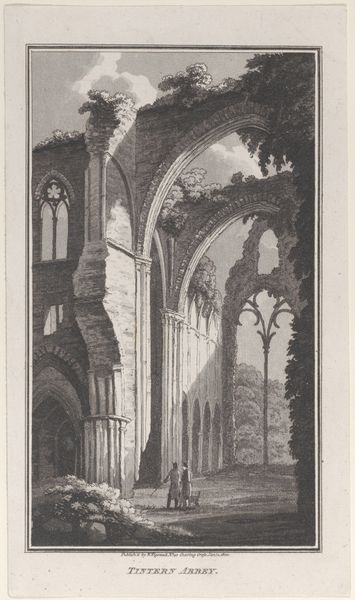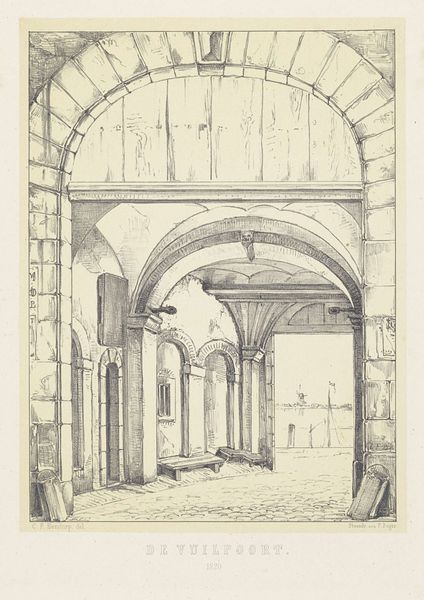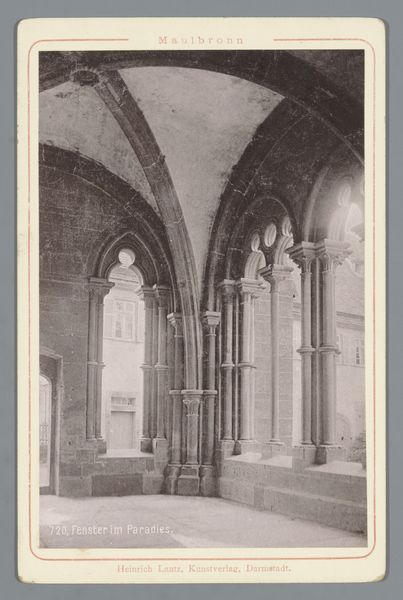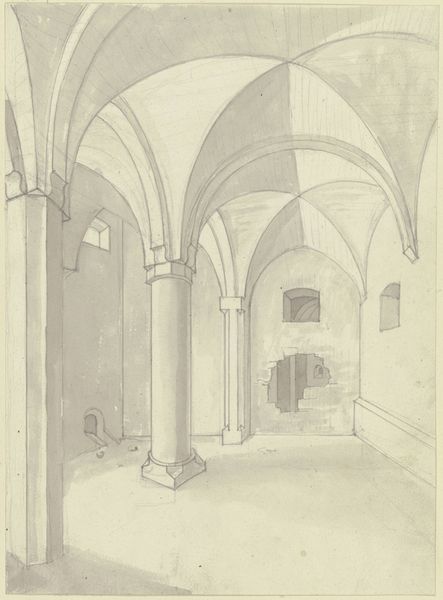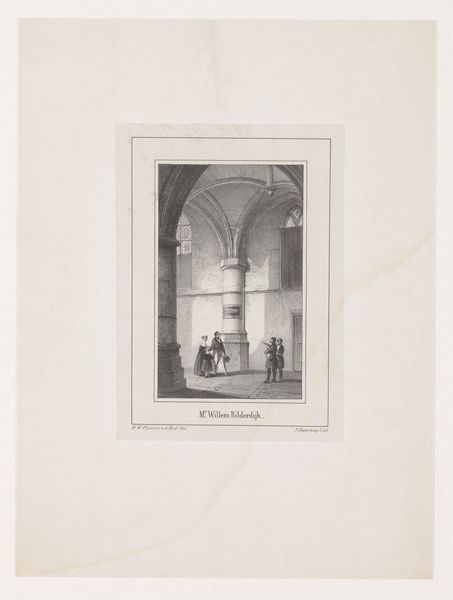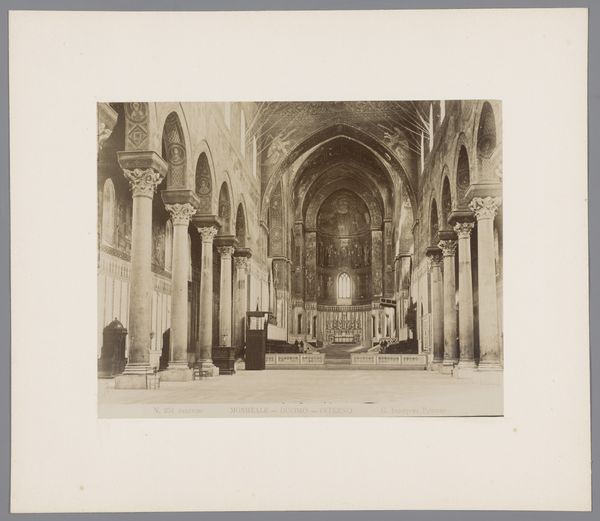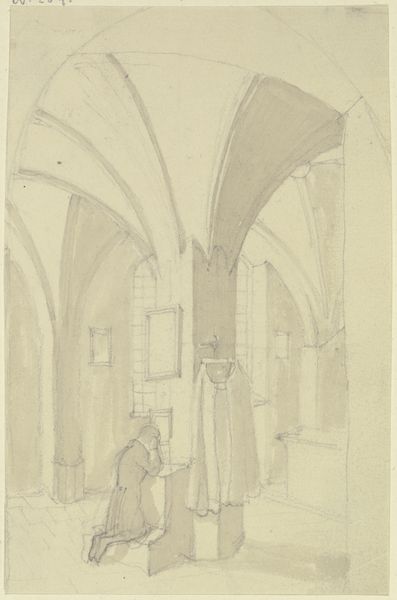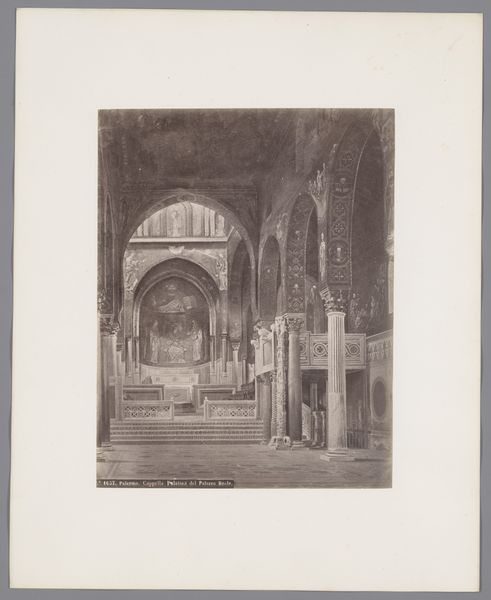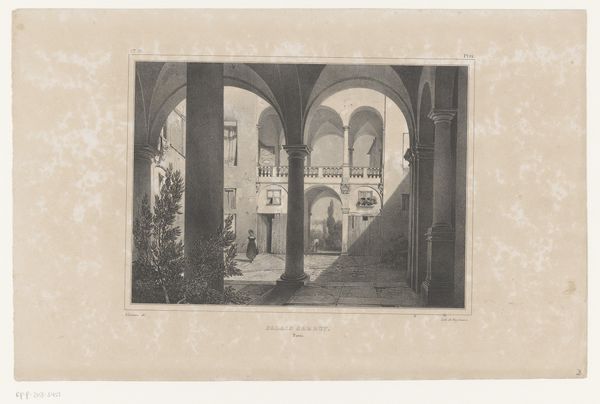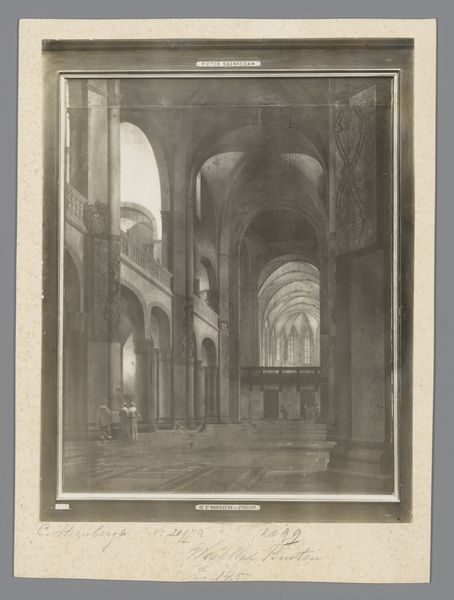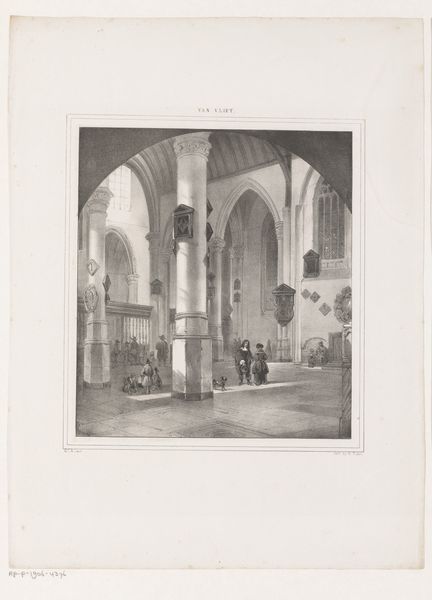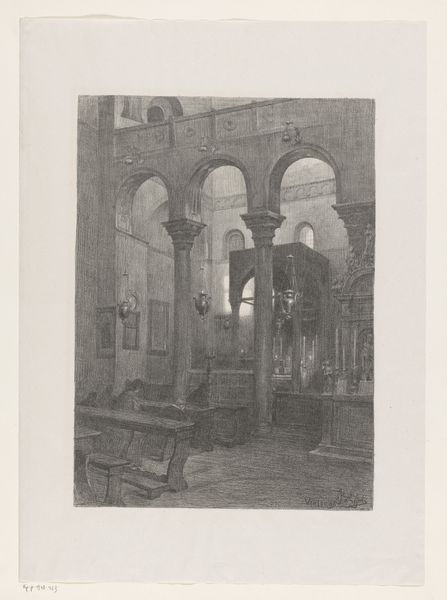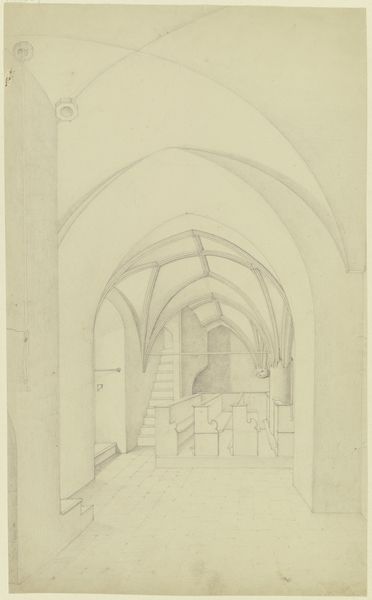
print, engraving, architecture
#
medieval
# print
#
landscape
#
engraving
#
architecture
Dimensions: 340 mm (height) x 260 mm (width) (plademaal)
Editor: So, this is "Kongegravene i Ringsted Kirke," or "The Royal Tombs in Ringsted Church," by Heinrich Hansen, dating back to 1858. It’s an engraving. I’m struck by how Hansen uses light to create depth and shadow within the architecture. What can you tell me about the history of this piece? Curator: The engraving is an example of how historical buildings were often depicted not just as architectural marvels, but also as potent symbols of national identity and royal power. Consider that in 1858, Denmark was grappling with its own identity and past glories, reflected in its medieval architecture. Who controlled the narrative surrounding these royal tombs, and why showcase it through the reproducible medium of print? Editor: That's interesting. You're saying the print served more than just documentation? Curator: Exactly. Think about it. Who was the intended audience for these prints? What messages were circulated, and who benefitted from promoting particular interpretations of Danish history and the role of the monarchy? Also, note how Hansen emphasizes the seemingly deteriorating stone and detailed gothic arches of the medieval architecture in this scene; how does that evoke a specific feeling related to time and historical authenticity? Editor: It does suggest a reverence for the past, even in its current state of...disrepair, maybe. I suppose choosing this view also sends a particular message about heritage, rather than focusing on other aspects of the church. Curator: Precisely. Consider also how the seemingly simple act of depicting the light and shadow adds a layer of romanticism and reinforces specific socio-political themes about power, history, and national consciousness. Editor: So, by appreciating this engraving, we can not only reflect on its aesthetic merit but also unpack its social and historical contexts. It's fascinating how much history is embedded in a single print! Curator: Indeed. Understanding the motivations behind creating and circulating these images enhances our grasp of art’s dynamic interplay with societal forces. There is a lot more to "see" in it now, isn't there?
Comments
No comments
Be the first to comment and join the conversation on the ultimate creative platform.
